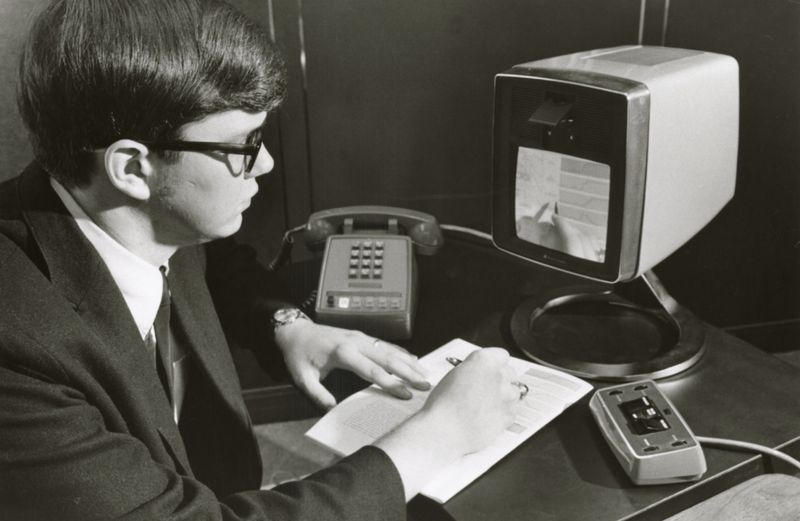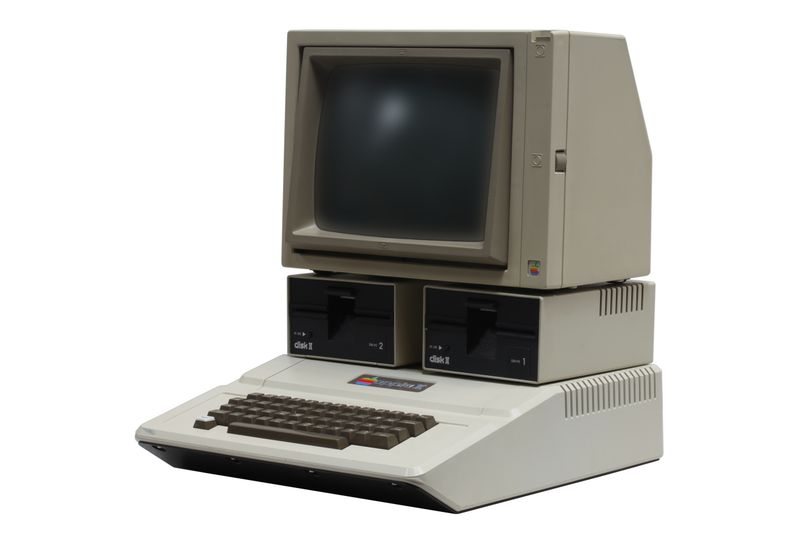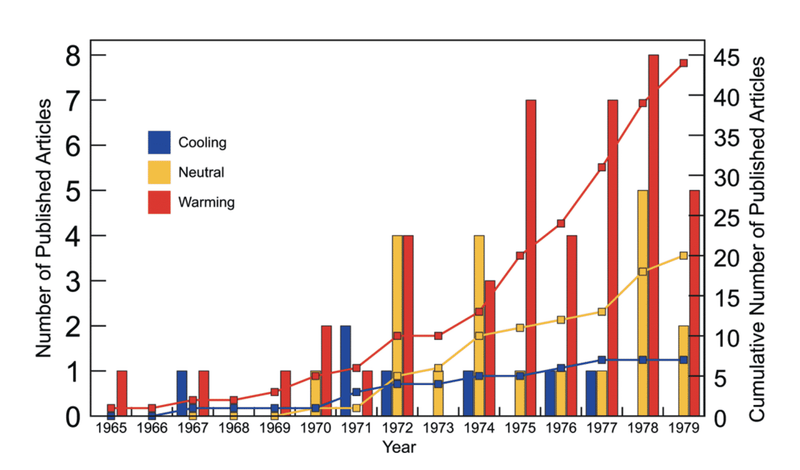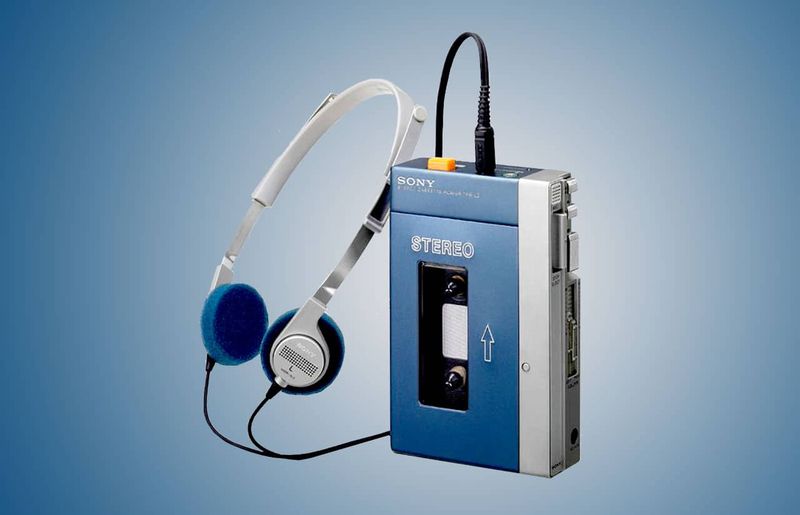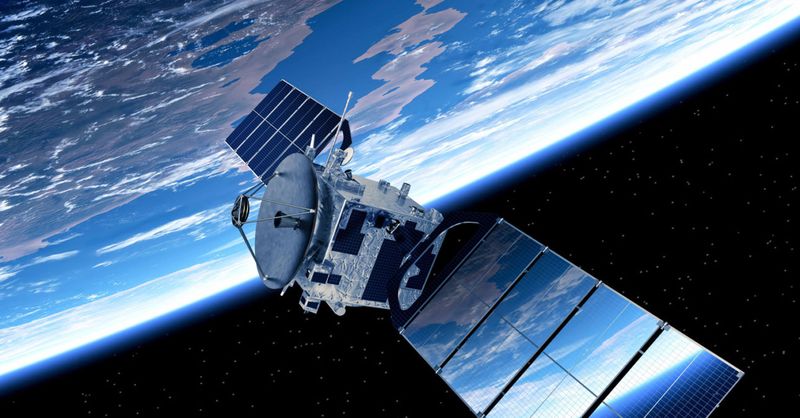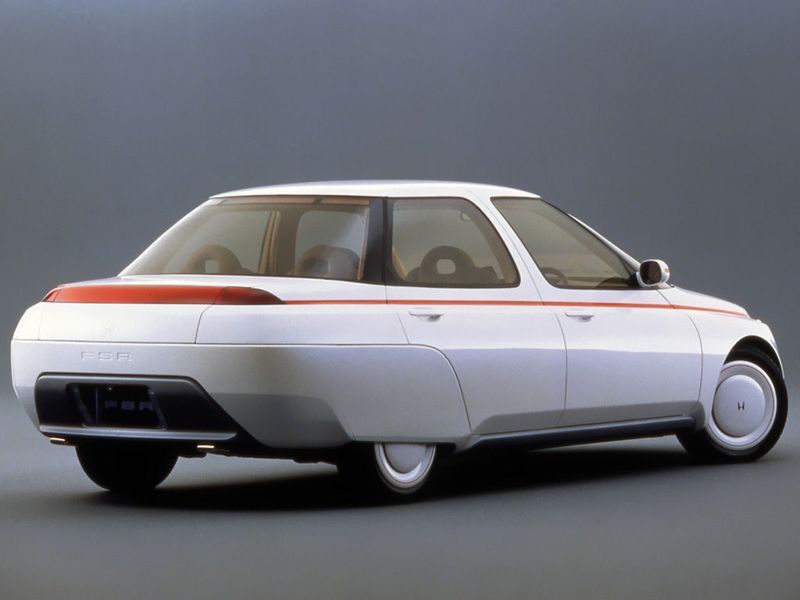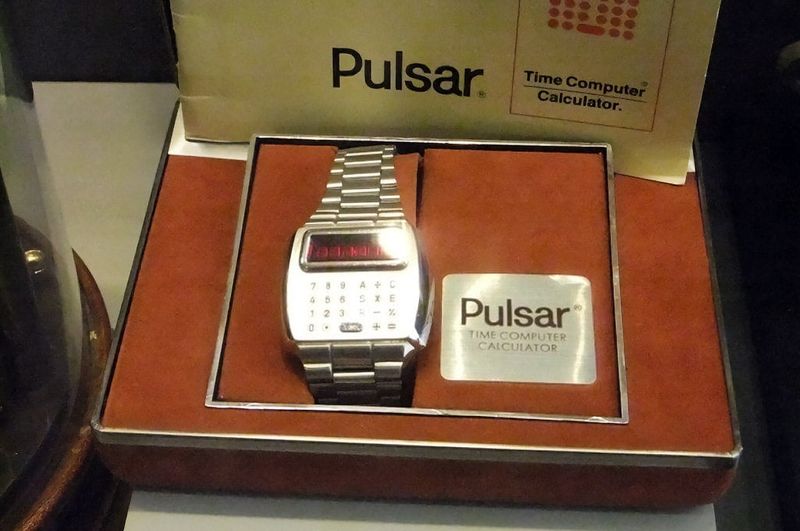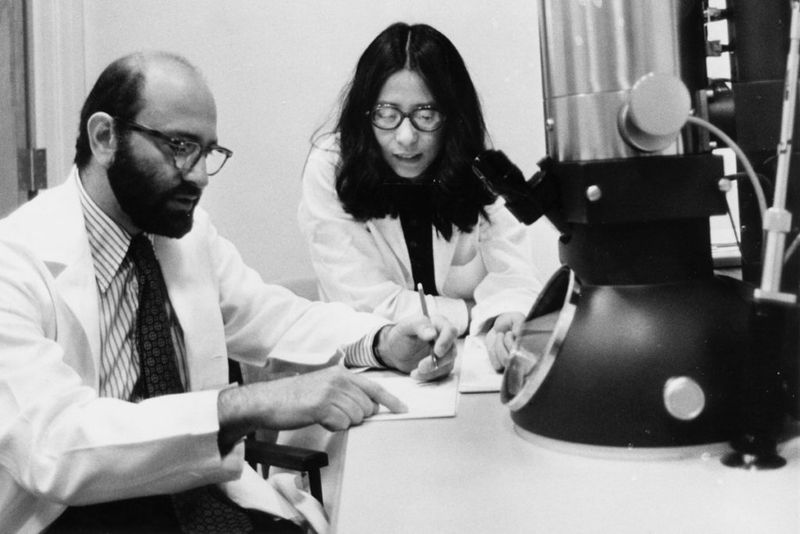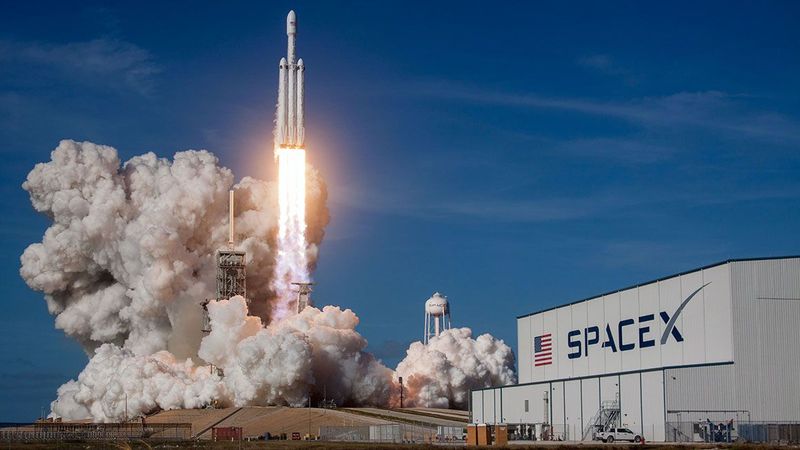The 1970s were a time of big dreams and wild ideas about the future. Scientists, authors, and even regular folks made guesses about what life might be like someday. While flying cars and robot butlers haven’t quite materialized, many predictions from that groovy decade were surprisingly spot-on. From technology we use every day to environmental movements that shaped our world, these ’70s forecasts prove that sometimes, the future isn’t as far-fetched as we think.
1. The Internet’s Early Roots
Back when bell-bottoms were all the rage, computer scientists were quietly building ARPANET – the grandfather of today’s internet. This military-funded network connected just a handful of universities and research centers in the early ’70s.
Visionaries like J.C.R. Licklider talked about an “intergalactic computer network” where people worldwide could access data and programs from anywhere. Most folks laughed it off as science fiction.
Fast forward to today, and we’re all carrying the internet in our pockets, proving those early pioneers weren’t just dreaming – they were predicting our hyperconnected reality with remarkable accuracy.
2. Face-to-Face Calls From Anywhere
Remember when video calling seemed like pure fantasy? AT&T’s clunky Picturephone from the early ’70s was supposed to revolutionize how we communicate, but it flopped spectacularly. The service cost an eye-watering $160 per month (that’s over $1,000 today!).
Science fiction shows like Star Trek showed characters chatting face-to-face across vast distances. Most viewers assumed this would remain in the realm of fiction for centuries.
Yet here we are, casually video calling grandma from the grocery store on our smartphones. The pandemic made Zoom a household name, fulfilling a prediction that took nearly 50 years to become an everyday reality.
3. Computers Enter Our Homes
“A computer in every home? Preposterous!” That’s what most people thought in the ’70s when personal computers cost more than a car. Yet visionaries like Steve Jobs and Bill Gates saw a different future.
The 1977 trinity – Apple II, Commodore PET, and TRS-80 – brought computing power to regular folks for the first time. Popular Mechanics boldly predicted computers would eventually be as common as televisions.
Today, we don’t just have one computer per household – we have several, plus tablets, smartphones, and smart appliances. Those pioneering machines with their green text displays and 4KB of memory sparked a revolution that transformed every aspect of modern life.
4. Climate Change Warnings Emerge
While some headlines in the ’70s sensationalized a coming ice age, serious scientists were already sounding alarms about something quite different. Research papers from 1975 warned that carbon dioxide emissions would lead to global warming – a prediction many dismissed.
The first World Climate Conference in 1979 officially recognized climate change as an urgent global threat. Oil companies’ own scientists privately confirmed these findings, though publicly they would deny them for decades.
Today’s rising sea levels, extreme weather events, and record-breaking temperatures prove those early climate scientists weren’t alarmists – they were prophets whose warnings went unheeded for far too long.
5. Pocket-Sized Communication Devices
Martin Cooper made history in 1973 when he placed the first call on a handheld mobile phone – a two-pound brick that offered 30 minutes of talk time after a 10-hour charge. Inspired by Star Trek’s communicators, this Motorola prototype sparked a revolution.
Science fiction author Arthur C. Clarke predicted we’d eventually carry pocket-sized communication devices connecting us to anyone, anywhere. Most people thought such technology was centuries away.
Now we casually scroll through smartphones more powerful than the computers that guided Apollo missions to the moon. These magical devices would make even the most optimistic ’70s futurist gasp in amazement at how thoroughly their predictions were realized.
6. Music Goes Digital and Portable
When Sony unveiled the Walkman in 1979, music lovers rejoiced at newfound freedom to take their tunes anywhere. But some forward-thinking audio engineers were already envisioning something even more revolutionary: music without physical media.
Bell Labs researchers were experimenting with digital audio encoding as early as 1972. Magazine articles speculated about future music libraries stored on computer chips rather than vinyl or tape.
Fast forward to today’s world of Spotify, Apple Music, and digital downloads. Physical albums have become niche collector’s items while most people carry thousands of songs in their pockets – a musical reality that ’70s audiophiles could only imagine in their wildest dreams.
7. Shopping Without Leaving Home
Long before Jeff Bezos dreamed up Amazon, futurists in the ’70s were predicting a revolution in how we shop. A 1979 Nebraska TV segment demonstrated experimental “videotex” shopping where customers could browse products on a screen and order with the push of a button.
Magazine articles described future “teleshopping” where consumers would view catalog items on home terminals connected to central computers. Most readers dismissed it as far-fetched fantasy.
Today, we casually order everything from groceries to furniture without leaving our couches. The pandemic accelerated online shopping adoption, finally realizing those ’70s predictions of a world where virtually anything can be purchased with a few clicks.
8. Navigation Systems That Never Get Lost
Remember wrestling with unwieldy paper maps on road trips? In 1978, the U.S. military launched the first experimental GPS satellite, setting the stage for a navigational revolution few civilians could imagine.
Science magazines speculated about future cars with electronic maps and location tracking. Most readers filed these ideas alongside flying cars and robot butlers – cool concepts unlikely to materialize in their lifetimes.
Now we mindlessly follow turn-by-turn directions from our phones, never experiencing the uniquely ’70s family tradition of arguing over missed exits. Those military satellites have transformed into an everyday convenience, making it nearly impossible to get lost – fulfilling a prediction that once seemed like pure science fiction.
9. Cars Powered by Electricity
The 1973 oil crisis sent gas prices skyrocketing and car companies scrambling for alternatives. General Motors unveiled the experimental XP-512E electric car prototype in 1974, but most experts dismissed electric vehicles as impractical curiosities.
Popular Science magazine boldly predicted electric cars would eventually replace gas guzzlers. Readers laughed, wondering how a battery could possibly match the power and range of good old gasoline.
Today, Tesla’s market value has surpassed traditional automakers, and nearly every manufacturer is racing to electrify their fleets. Those quirky ’70s electric prototypes with their 40-mile range and lead-acid batteries were the first sparks of an automotive revolution that’s finally catching fire.
10. Unlocking Devices With Your Fingerprint
James Bond films have always showcased futuristic tech before it exists in reality. In 1971’s “Diamonds Are Forever,” audiences watched a character use a fingerprint scanner to access a secure facility – pure fantasy at the time.
The FBI was actually developing early fingerprint recognition systems in the late ’70s, but they were massive, expensive machines requiring human operators. The idea of carrying such technology in your pocket seemed absurd.
Now we casually unlock our phones with a thumb press or facial scan without a second thought. That James Bond technology has become so commonplace that even children’s toys feature fingerprint recognition – a security revolution predicted decades before it became an everyday convenience.
11. Reality TV Takes Over Programming
Before the Kardashians and Real Housewives, there was PBS’s groundbreaking 1973 documentary series “An American Family.” This unprecedented project filmed the Loud family’s everyday life for seven months, capturing their arguments, celebrations, and even a divorce.
Television critics were fascinated but puzzled by this new format. Some predicted it might spawn a new genre where regular people became the stars of unscripted programming.
Fast forward to today, when reality shows dominate networks and streaming platforms. That experimental PBS documentary was truly ahead of its time, predicting our cultural obsession with watching real people in extraordinary (and ordinary) situations – for better or worse.
12. Technology You Can Wear
The calculator watch craze exploded in 1975 when Pulsar released the first commercially successful model for $550 (about $2,800 today). Science magazines speculated this was just the beginning of electronics we could wear.
Futurists imagined watches that could monitor health metrics, display messages, and connect to other devices. Most people found these concepts entertaining but unrealistic – after all, how could complex electronics fit on your wrist?
Today’s Apple Watches, Fitbits, and smart rings make those ’70s predictions seem almost conservative. Modern wearables track everything from sleep patterns to blood oxygen levels while connecting seamlessly to our digital lives – proving those disco-era dreamers were right about technology becoming an extension of our bodies.
13. Talking to Your Technology
Stanley Kubrick’s “2001: A Space Odyssey” featured HAL 9000, a computer you could talk to naturally. Most viewers in the early ’70s considered this pure fantasy, but researchers were already laying groundwork for voice recognition.
IBM developed the first speech recognition system in 1971 that could understand about 1,000 words. Scientists predicted we’d eventually converse with computers as easily as with humans.
Today, we casually ask Alexa about the weather or tell Siri to set timers without batting an eye. Those early voice recognition experiments with room-sized computers have evolved into AI assistants living in our homes and pockets – fulfilling a prediction that once seemed centuries away from reality.
14. Modifying Genes Becomes Possible
In 1973, biochemists Stanley Cohen and Herbert Boyer performed the first successful gene splicing experiment, creating recombinant DNA. This breakthrough allowed scientists to combine genetic material from different species – something previously thought impossible.
Scientific journals predicted this would eventually lead to designer crops, medical treatments, and even modified organisms. Many people feared such “playing God” would lead to disaster.
Today, genetically modified crops feed billions, insulin is produced by engineered bacteria, and CRISPR technology allows precise gene editing. Those groundbreaking ’70s experiments in genetic engineering have transformed medicine, agriculture, and our understanding of life itself – fulfilling predictions that once seemed like science fiction.
15. Vacationing Among the Stars
When NASA’s Space Shuttle program launched in the 1970s, it promised to make space travel routine. Futurists boldly predicted ordinary citizens would vacation in orbit by the year 2000.
The reality proved more challenging than expected. After the 1986 Challenger disaster, space tourism dreams were put on indefinite hold.
Fast forward to today, when billionaires like Elon Musk, Jeff Bezos, and Richard Branson are racing to commercialize space travel. Virgin Galactic has already sold hundreds of $450,000 tickets for suborbital flights, and SpaceX has taken private citizens to the International Space Station. Those ’70s predictions of space tourism weren’t wrong – they were just a few decades ahead of schedule.
16. Doctor Visits Without Leaving Home
In 1975, a group of doctors in Boston experimented with something revolutionary: diagnosing patients via two-way television. These clunky systems required dedicated lines and expensive equipment, making widespread adoption seem unlikely.
Medical journals predicted that someday, routine checkups might happen remotely. Most physicians scoffed, insisting nothing could replace in-person examinations.
The COVID-19 pandemic finally made telemedicine mainstream out of necessity. Now millions routinely consult doctors through smartphones and computers, with specialized devices allowing remote monitoring of vital signs. Those experimental ’70s telemedicine systems were the first glimpse of a healthcare revolution that would take decades – and a global crisis – to fully materialize.
17. Environmental Protection Goes Mainstream
The first Earth Day in 1970 drew 20 million Americans into the streets, demanding cleaner air and water. That same year, President Nixon created the Environmental Protection Agency, formalizing a new era of environmental consciousness.
Activists predicted these movements would eventually spread globally, fundamentally changing how humans interact with the planet. Many dismissed them as fringe hippies whose influence would quickly fade.
Today, environmental considerations shape international policy, corporate decisions, and consumer choices worldwide. From climate agreements to plastic bans to sustainable investing, that ’70s environmental awakening has transformed into a global priority – proving those early Earth Day organizers were visionaries who accurately foresaw our planet’s future challenges.


